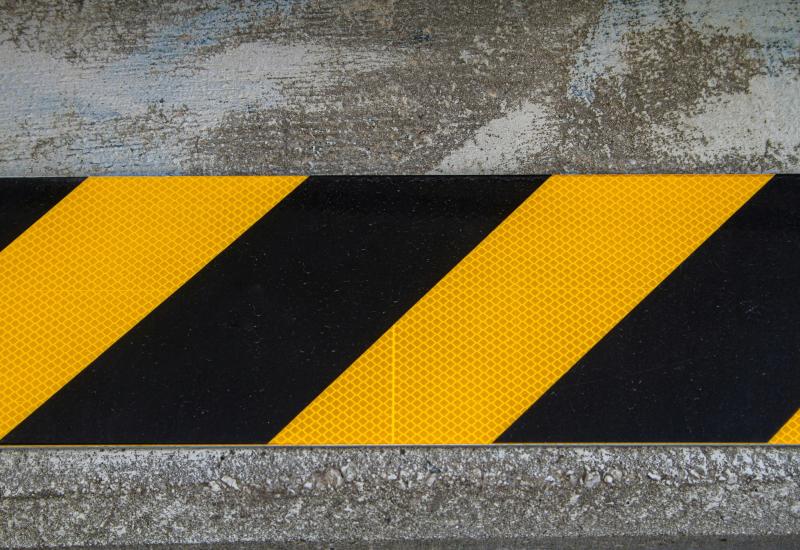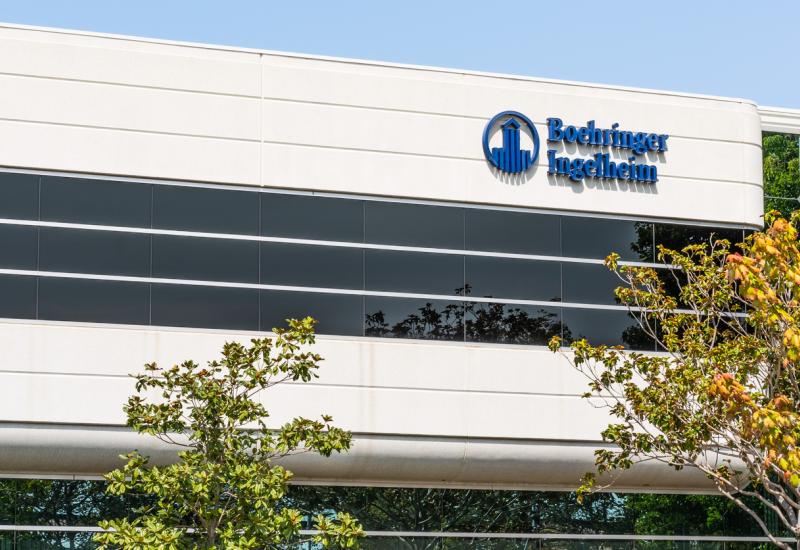
Takeda draws a cautious line under Iclusig
$100m buys an option over another third-gen drug, but Scemblix casts a long shadow.
$100m buys an option over another third-gen drug, but Scemblix casts a long shadow.

Takeda has made a cautious bet to challenge Novartis’s chronic myelogenous leukaemia (CML) drug Scemblix, taking an option on a future licensing deal covering Ascentage Pharma’s similarly acting olverembatinib.
The move marks the Japanese group’s second attempt at becoming a significant player in CML, after it bought Ariad for an extraordinary $5.2bn in 2017; with Ariad came the CML drug Iclusig. But, despite Iclusig’s billing as a third-generation kinase inhibitor, that drug is now limited to a late-line CML setting, and with first and second-line CML studies terminated Takeda has evidently gone to Ascentage in the search for something better.
The olverembatinib deal seems rich too – an up-front fee of $100m only gives Takeda the rights to a future opt-in, whose formal exercise would presumably involve the Japanese group handing across an even larger chunk of cash. But then it does include key ex-China markets, including the US, Europe and Japan, for a product that already has regulatory approval.
That green light is in China, where olverembatinib is licensed to Innovent, and western approvals depend on the phase 3 Polaris-2 study, which only began last month. In the meantime, the CML space has been shaken up by Novartis, whose third-generation TKI Scemblix put up stellar data at ASCO, on the back of which it looks likely to have its label broadened from its currently approved third-line use to the front line.
Third-line CML
Olverembatinib’s Chinese approval is broadly similar to Scemblix’s current US label: CML patients in whom first and second-generation TKIs (for instance Novartis’s Gleevec and Tasigna respectively) have failed, and in chronic-phase CML carrying the T315I mutation.
This is backed by a registrational phase 2 study, whose data were presented at last year’s ASH conference. Here olverembatinib beat best available therapy on event-free survival, its primary endpoint, cutting risk of progression or death by 60%, and investigators highlighted the trial’s setting as representing the largest population of CML patients resistant to first as well as second-generation TKIs.
That’s all very well, but the real battle here will be against the third-generation Scemblix, in the front-line setting – assuming that olverembatinib manages eventually to break into this.
For Iclusig, the drug Takeda acquired along with Ariad, first-line CML was already out of reach when that takeover closed in 2017, Ariad having terminated the Epic study four years earlier. Takeda then canned Iclusig’s second-line Optic-2L trial, leaving everything hanging on the third-line CML approval that finally came in the US four years ago.
By then Iclusig had become marginalised. Olverembatinib offers Takeda a second shot here, though between 2017 and now the treatment of CML has changed considerably, and it’s about to change further.
Selected BCR-ABL tyrosine kinase inhibitors for CML
| Drug | Company | Generation | US status | Supporting trials |
|---|---|---|---|---|
| Gleevec | Novartis | 1st | Approved 1st line | NCT00006343 |
| Sprycel | Bristol Myers Squibb | 2nd | Approved 1st line | Dasision |
| Tasigna | Novartis | 2nd | Approved 1st line | Enestnd |
| Bosulif | Pfizer | 2nd | Approved 1st line (but usually used later) | Bfore |
| Iclusig | Takeda (ex Ariad) | 3rd | Approved 3rd line; 1st-line Epic & 2nd-line Optic-2L trials terminated | Optic |
| Scemblix | Novartis | 3rd | Approved 3rd line; awaiting 1st-line approval | ASC4first |
| Olverembatinib | Ascentage/ Innovent/ Takeda | 3rd | Phase 3 2nd-line trial started May 2024 (approved 3rd line in China) | Polaris-2 |
Source: OncologyPipeline.
949













